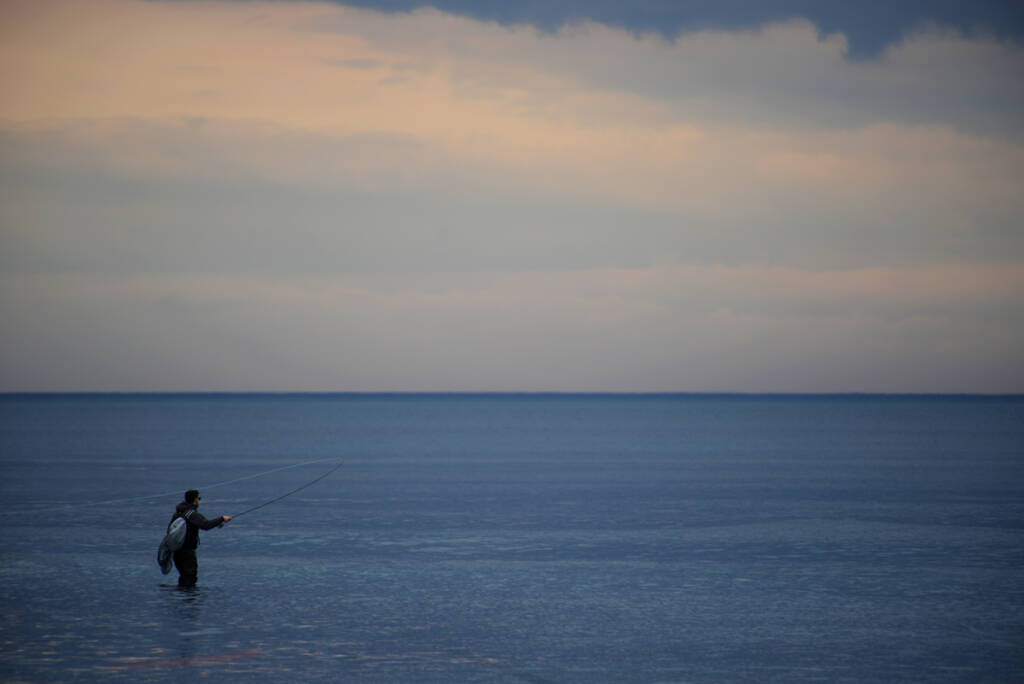Salmon lice from aquaculture poses massive threat to wild sea trout populations, as researchers develop approach vital for prioritizing management measures.
BY Trine Hay Setsaas, www.nina.no
The state of sea trout in 1251 Norwegian watercourses, spanning 16 000 km of rivers and lakes, was assessed using a scoring system for human pressures, abundance data and local knowledge.
Results reveal that sea trout can only be classified to be in a good or very good state in fewer than 25 % of Norwegian watercourses, and poor or very poor state in 40 %. Salmon lice from aquaculture is by far the highest of human pressures assessed, having considerable negative effects on sea trout populations.
The impact of sea trout is so large, and covers such large geographical area, that this threat alone has been and will be the determining factor for the development of sea trout, says Peder Fiske, senior researcher at the Norwegian Institute for Nature Research and member of the Norwegian Scientific Advisory Committee for Atlantic Salmon Management.
Devastating for the vulnerable sea trout
The anadromous sea trout, migrating between freshwater to spawn and the sea to feed and grow, is vulnerable to multiple human pressures.
In more than 80 % of the watercourses assessed, salmon lice from aquaculture had strong adverse effects on trout populations, including increased mortality and reduced growth, as well as influencing migrations. Agriculture, habitat alteration, and hydropower production also had large negative effects but far lower than salmon lice (35 %, 27 % and 19 % of watercourses respectively).
To improve the situation, salmon lice infestation pressure from fish farms must be considerably reduced, says Fiske. He further states that current mitigation measures are insufficient to hinder expansion of negative impacts in the future.



A novel approach for prioritizing management measures
The system to classify the state of sea trout was developed based on an assessment of human pressures, the sum of pressures, use of abundance data, and assessment of available catch statistics, reports, and local knowledge. The state was then classified into five categories, from very poor to very good.
It was ensured that all available data for each watercourse could be used in the classification, says Fiske, even though different types of data were available for the different watercourses. The use of regional and local knowledge significantly strengthened the assessment, he concludes.
This novel approach for large-scale mapping of state and human pressures is vital for communicating the extent and effects of human pressures on sea trout populations, as well as providing necessary knowledge for prioritizing management measures.



